Pull a big shovel out of the garage and start the snow plow. Here are some tips and tricks for shoveling snow.
- Make shoveling snow easier
Many people enjoy the white snow that covers their gardens and homes, but not many people look forward to shoveling sidewalks and driveways after a heavy snowfall. Shoveling snow is hard work and can lead to injury if done incorrectly. Follow these tips to shovel snow quickly and safely
- Remove the snow while it is still falling.

Will there be snow flurries this weekend? Shoveling snow after it has fallen can make the job more difficult and can lead to injury. Shoveling snow after every snowfall makes the job more difficult and can cause injury.
- Use products that are suitable for hard surfaces.
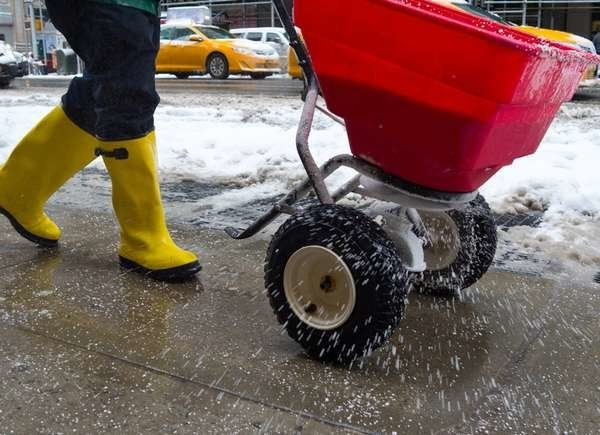
The material of the driveway is important when choosing the right snow removal tools and ice melt. For concrete, only calcium chloride should be used. Using rock salt on concrete will further aggravate an already cracked or crumbling surface. For brick and pavers, use a plastic shovel. Metal blades can cause scratches. When removing snow from asphalt driveways, remember to keep the shovel or snowplow blade at least ½ inch off the ground to avoid scratching the driveway surface.
If using a power snow removal tool, be aware of the power of the tool. According to Troy-Bilt, a manufacturer of lawn and garden equipment, a single-stage snow thrower can handle up to 9 inches of snow, while a two-stage snow thrower is designed to handle deeper or heavier snow.
- Keep the shovel close to your body.
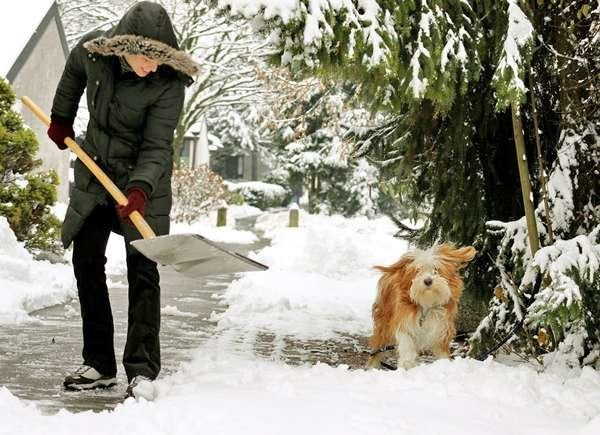
Shoveling snow is a very common cause of winter injuries, but it doesn’t have to be. Many injuries occur because the proper form is not used when shoveling snow. To avoid injury, keep your shovel close to your body. This will prevent you from applying undue force to your arms, shoulders and back.
- Make snowballs.
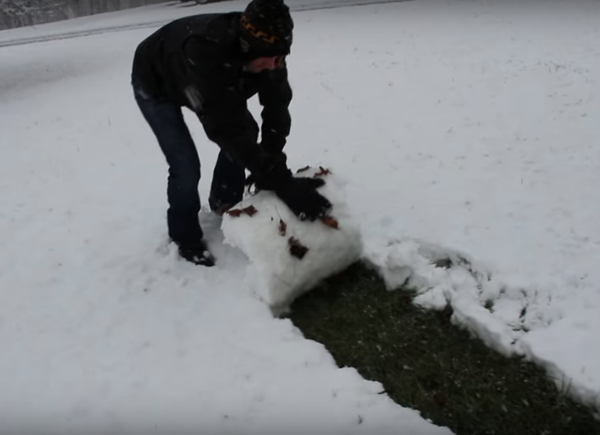
If you think shoveling snow is boring, you probably haven’t tried this blogger’s life hack. Instead of shoveling, you (or your kids) can roll the snow into a giant snowball and carry it off the property. If you’re considering this method of snow removal, know that not all snow is suitable for this method. In order for the ball to roll, the snow needs to be dense, wet and sticky. For dry, powdery snow, use a snow shovel.
- Make sure the snow does not stick to the snow.

If you ever struggle to get snow off the end of a shovel, keep this tip in mind. Here are some ways to keep snow from sticking to the shovel Apply a thick coat of cooking spray to the front and back of the shovel blade. Spray this spray liberally on the front and back of the shovel to help the snow slide off the shovel and make it easier to work with. (Again, to prevent snow from sticking to your snow plow, see our guide to investigate the best non-stick spray for use on snow plows).
- First clean the hood of your vehicle.

Before you take your snow shovel or snow plow out of the garage, take care of the snow on the roof, hood and windows. Wipe or scrape it off before you start shoveling. If you don’t, you’ll just make a mess of an otherwise clean driveway when you try to warm up your car.
- Plan your strategy.
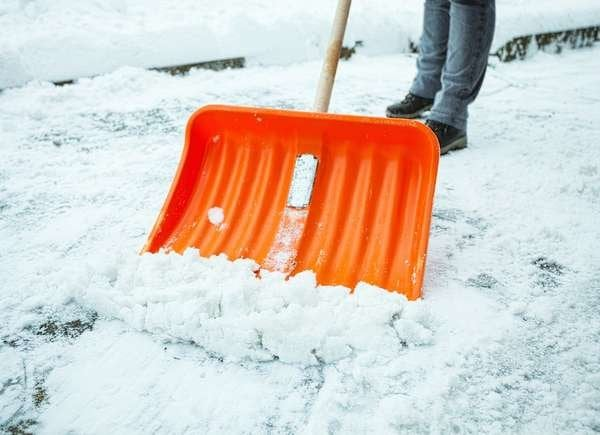
When shoveling snow, many homeowners start at the top of the driveway and work their way down. The problem with this approach is that as you get closer to the bottom of the driveway, the heavier the shovel becomes, and heavy shovels increase the risk of injury. Heavy shovels are a recipe for injury. Reducing the amount of snow you move at one time can reduce injury and fatigue.
- Tie on a tarp.
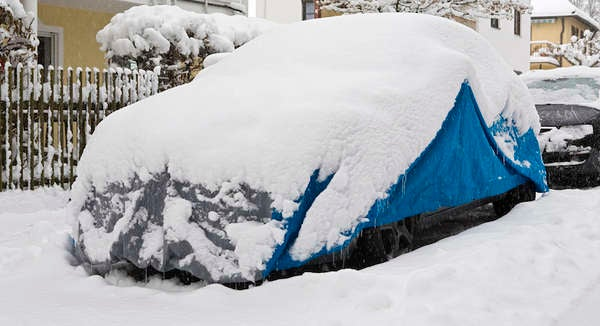
Looking for a method of snow removal that doesn’t involve a shovel? The fastest way to remove snow from the outdoors is to cover it with a polyethylene tarp (a regular sturdy tarp like the ones used for fall cleanup will do, but if you must, get a heavy-duty snow removal tarp with handles).
Once the storm has passed, simply pull the tarp away from the surface and let the snow fall on your garden. This method works well for cars, driveways and decks. (Note that if there is more than a few inches of snow, the tarp may be too heavy to move).










